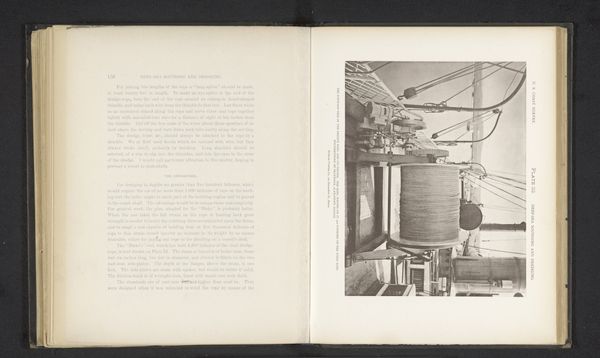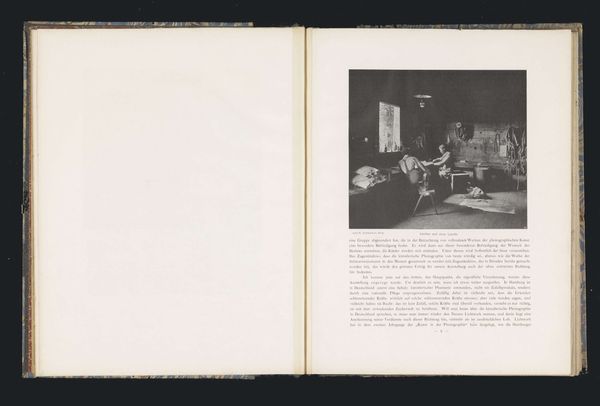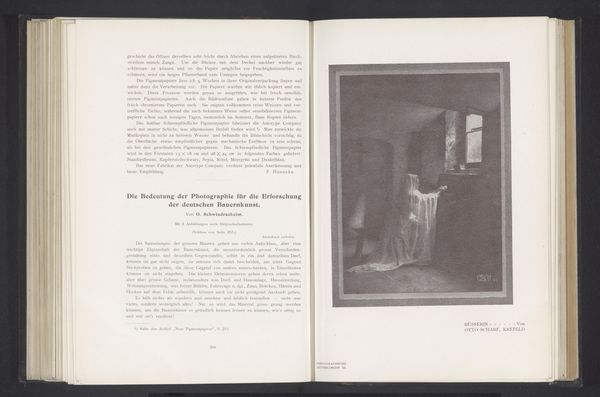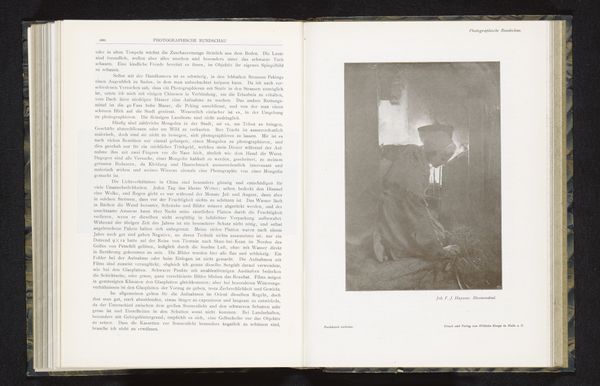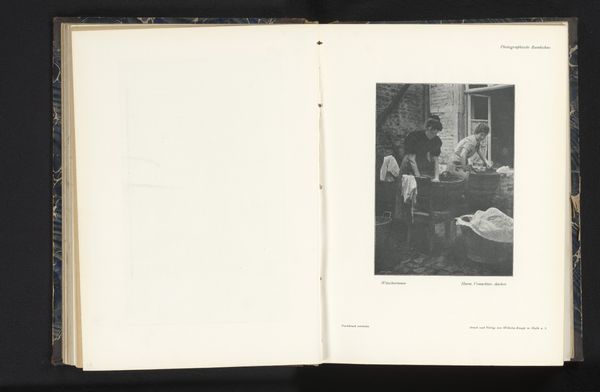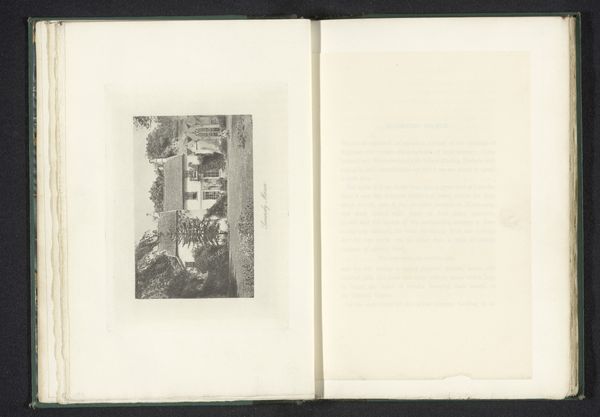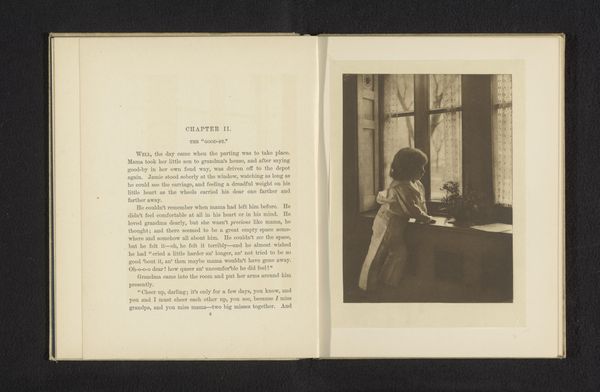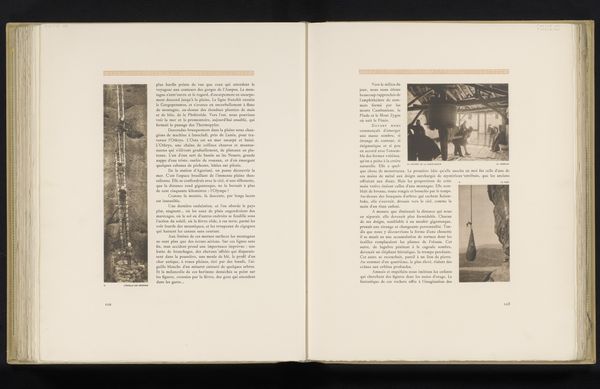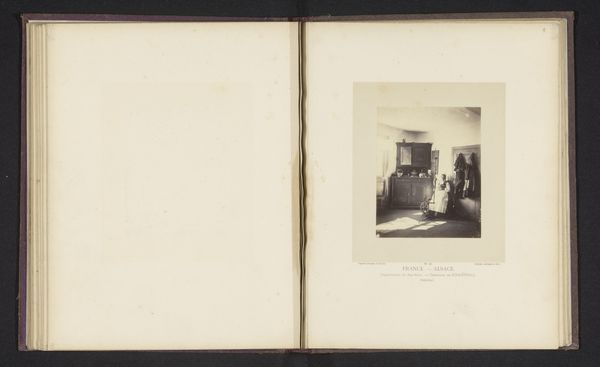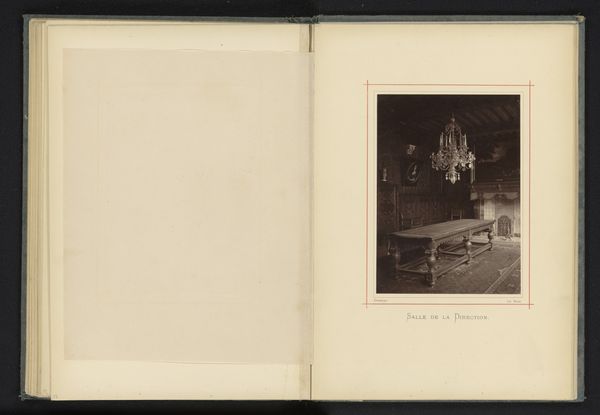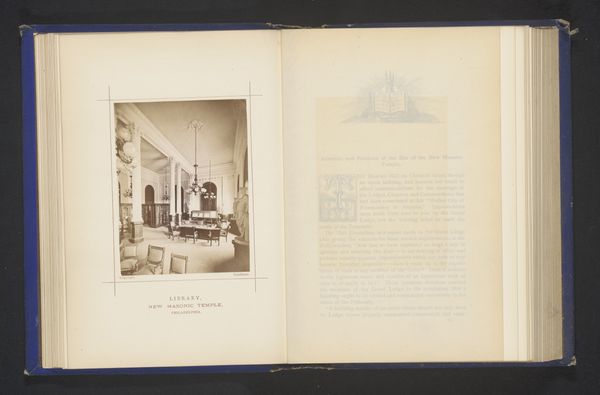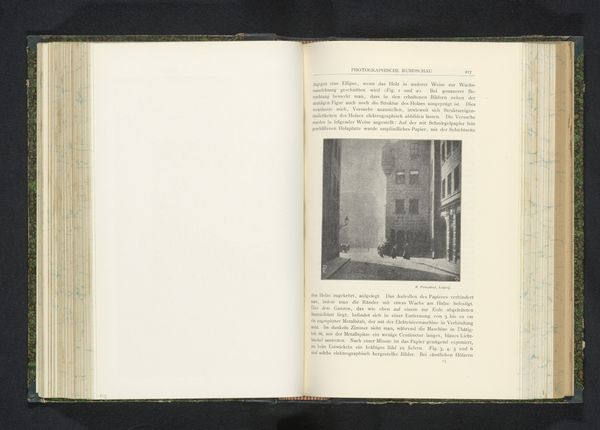
print, photography, gelatin-silver-print
#
portrait
# print
#
photography
#
orientalism
#
gelatin-silver-print
#
genre-painting
Dimensions: height 271 mm, width 224 mm
Copyright: Rijks Museum: Open Domain
Curator: Looking at this gelatin silver print, I get this profound sense of quiet domesticity. Editor: Yes, this is "Man en vrouw bij een weefgetouw in Andritsaina" or "Man and woman at a loom in Andritsaina" by Frédéric Boissonnas. The piece dates to before 1910. And you're right; that word quiet really resonates. Curator: There's almost a hush to it. It is the stillness before a storm—not a literal storm, but more the calm before a great shift. You know, like the shift towards modernity perhaps? Or some other turning point, captured in this simple scene of everyday life. The almost ethereal quality in the way light plays across the scene just enhances that mood for me. Editor: It is indeed striking how the composition creates such intimacy, isn’t it? Notice the high contrast and use of light. And I think it reflects more than modernity coming. This piece has all the hallmarks of the Orientalist style. It participates in the representation of "the Orient"— in this case Greece —within the European imagination. It evokes the ‘exotic’ customs, the simpler ways of life, often with a loaded colonial perspective of course. The presentation of the domestic and personal is deeply intertwined with public and socio-political perception. Curator: Oh, absolutely! But I do think Boissonnas, given his history and engagement with Greece, probably approached it with more nuance than many others working in that style at the time. Even still, it’s impossible to totally escape the inherent power dynamics at play, right? He’s a Swiss photographer, documenting a rural scene in Greece, inevitably framing it through his own cultural lens. The very act of observation changes what is observed. Editor: Precisely. Which is what makes looking at these kinds of genre scenes from the past so rewarding and fraught. They encapsulate not only what was but also what people *wanted* to believe *was*. They're complex artifacts with layered meanings. Curator: What a treat to examine. They echo and complicate, never simply rest in a singular, historical point. Editor: A dialogue with the past, constantly renegotiated. Thanks for that.
Comments
No comments
Be the first to comment and join the conversation on the ultimate creative platform.
